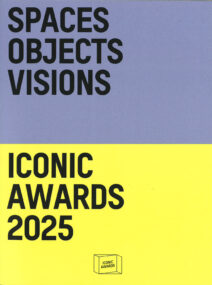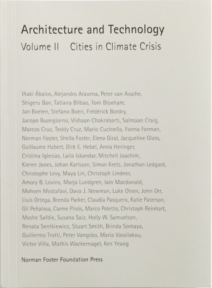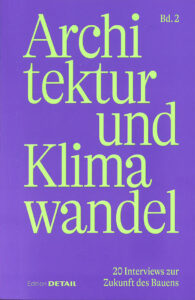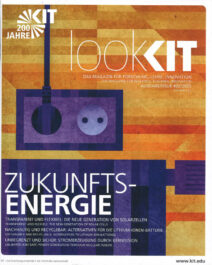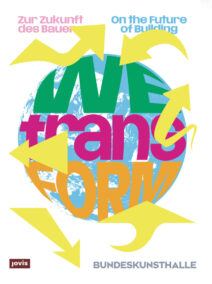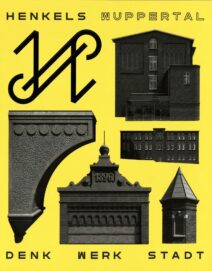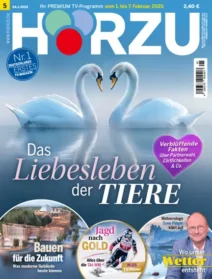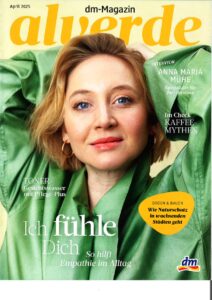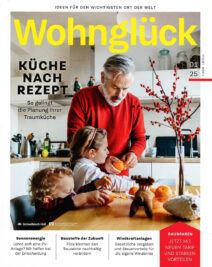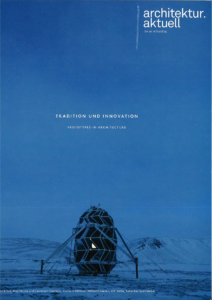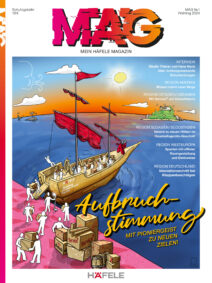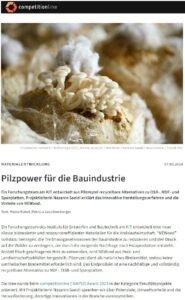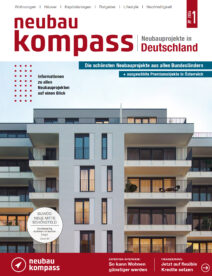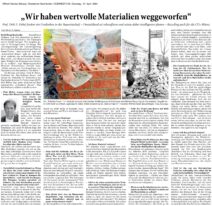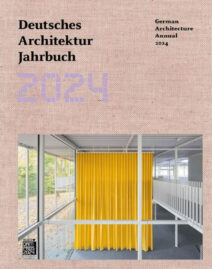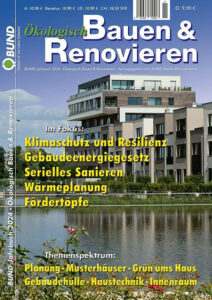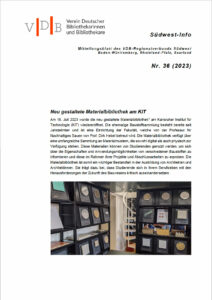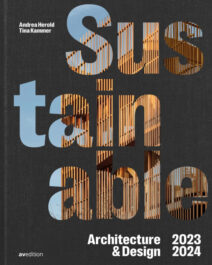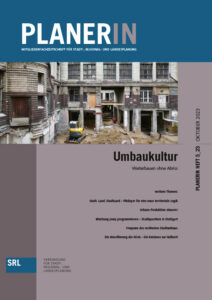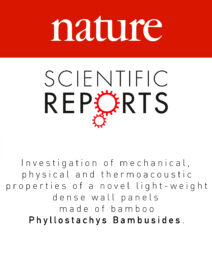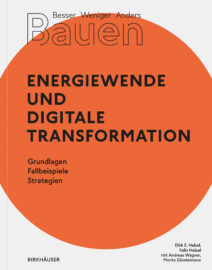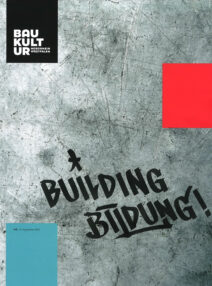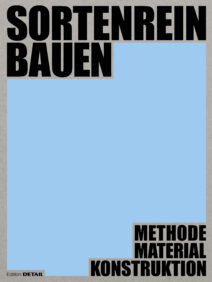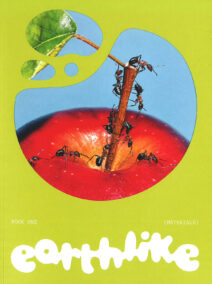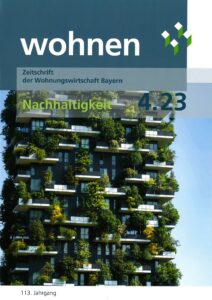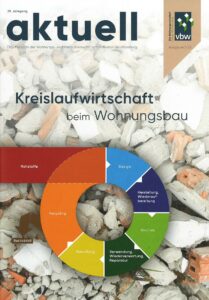MycoTree nominated for Beazley Design of the Year Award 2018
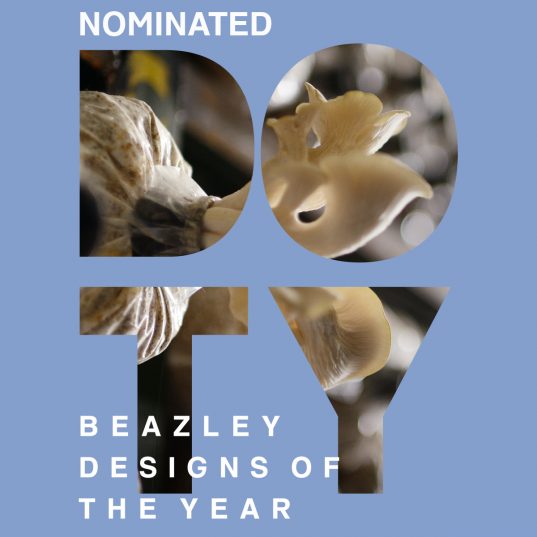
Our 2017 MycoTree for the Seoul Biennale of Architecture and Urbanism is nominated for the Beazley Design of the Year 2018 Award. #BeazleyDesignsoftheYear
MycoTree is a spatial branching structure made out of load-bearing mycelium components. Its geometry was designed using 3D graphic statics, keeping the weak material in compression only. Its complex nodes were grown in digitally fabricated moulds.
Utilising only mycelium and bamboo, the structure represents a provocative vision of how we may move beyond the mining of our construction materials from the earth’s crust to their cultivation and urban growth; how achieving stability through geometry rather than through material strength opens up the possibility of using weaker materials structurally and safely; and, ultimately, how regenerative resources in combination with informed structural design have the potential to propose an alternative to established, structural materials for a more sustainable building industry.
MycoTree is the result of a collaboration between Sustainable Construction at Karlsruhe Institute of Technology (KIT), the Block Research Group at the Swiss Federal Institute of Technology (ETH) Zürich and the Alternative Construction Materials Unit of the Future Cities Laboratory Singapore. It was the centrepiece of the “Beyond Mining – Urban Growth” exhibition at the Seoul Biennale of Architecture and Urbanism 2017 in Seoul, Korea curated by Hyungmin Pai and Alejandro Zaera-Polo, and was on display in Pavilion i7 at the Donuimun Museum Village from September 1st 2017 to March 31st 2018.
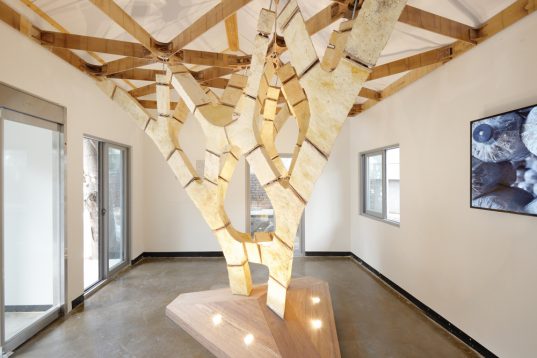
Beyond Mining – Urban Growth to open at Seoul Biennale
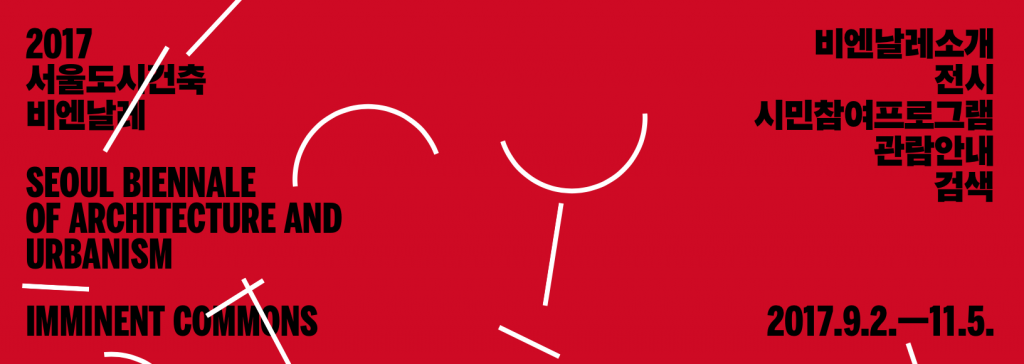
Opening on 2nd September 2017, the Seoul Biennale of Architecture and Urbanism is entitles Imminent Commons:
In an age of environmental decay and unprecedented wealth inequality, the cities of the world gather in Seoul to explore the urban parliaments where the politics of resources and technologies is enacted. The Seoul Biennale of Architecture and Urbanism 2017 is an experimental platform for an imminent urbanism that goes beyond human-centered function, ownership, and consumption to a commons of resources, technologies, and production.
The cities of the world stand at a crossroads. Amidst radical social, economic, and technological transformations, will the city become a driving force of creativity and sustainability or will it be a mechanism of inequality and environmental decay? Cities are not only the drivers of social change but are now modifying ecosystems, geological structures, and even the climate. For the first time in history, the crucial questions of the city — climate change, biodiversity, air pollution, food security, automation, unemployment and inequality— are driven by concerns beyond human control and threaten the very survival of the planet.
The inaugural Seoul Biennale of Architecture and Urbanism proposes nine essential commons as a viable path towards a sustainable and just urbanism. Emerging from both ecological and technological concerns, this framework foregrounds an exploration not of distant utopias but of the very near future. In other words, these emerging commons are already changing the way we live in cities. Whether met with fear or hope, they will very soon change the way we live in the city. The Seoul Biennale provides a platform for an international array of participants – politicians, policy makers, experts, and citizens at large – presenting global research and engaging with local conditions.
Four Ecology Commons: Air, Water, Fire, Earth
Five Technology Commons: Making, Moving, Communicating, Sensing, Recycling
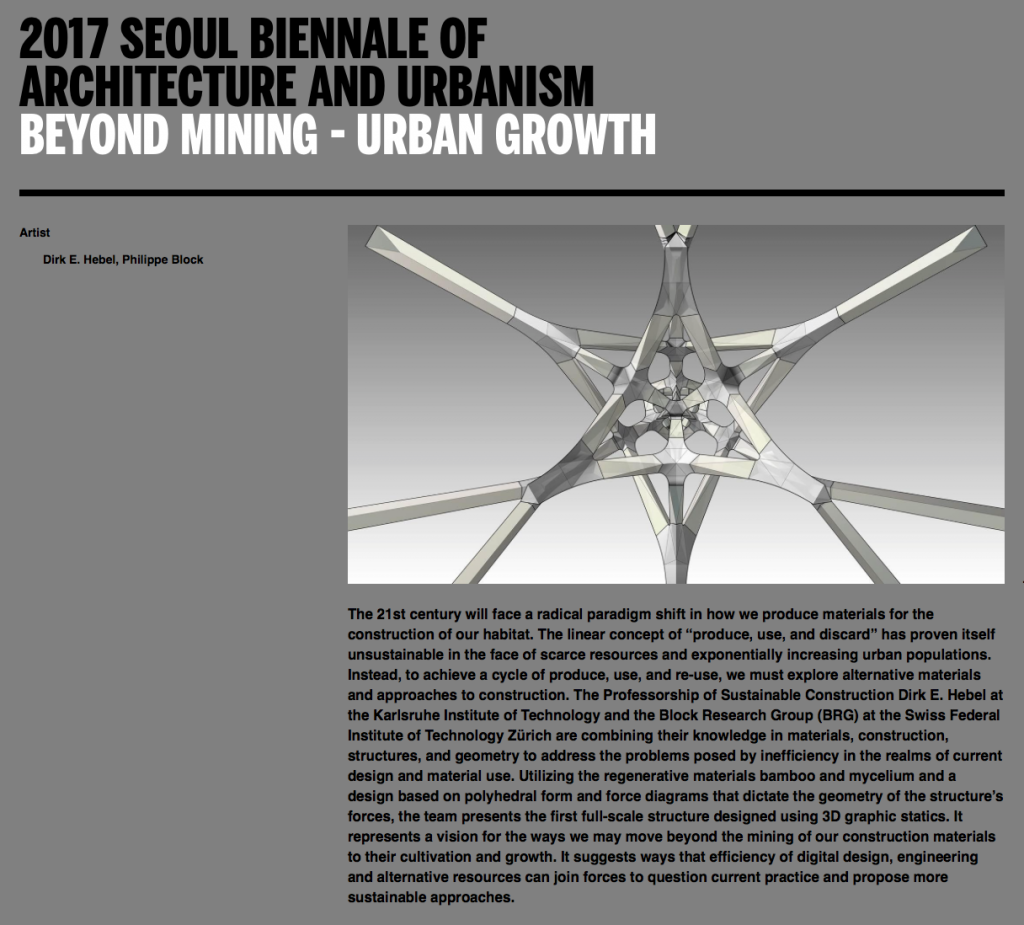
The exhibition Beyond Mining – Urban Growth by the Professorships Dirk E. Hebel and Philippe Block is part of the Common Earth and will be on display in Pavilion i7 at the Donuimun Museum Village from 2nd September to 5th November 2017.
More information can be found here: http://seoulbiennale.org
Beyond Mining – Urban Growth
at Seoul Biennale of Architecture and Urbanism 2017
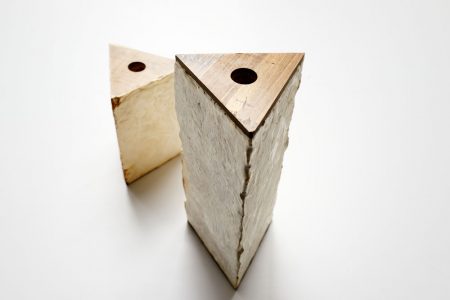
As populations and aspirations grow, so does the demand for materials and resources to support them. Although such resource demands were once satisfied by local and regional hinterlands, they are becoming increasingly global in scale and reach. This phenomenon has generated material flows that are trans-continental and planetary in scope, and has profound consequences for the sustainability, functioning, sense of ownership and identity of future cities. However, the global concentration of the construction industry on a selected few mined materials puts high pressure on our natural resources. If we talk about the future city, it becomes clear that it cannot be built with the same finite resources.
The 21st century will face a radical paradigm shift in how we produce materials for the construction of our habitat. The linear concept of “produce, use, and discard” has proven itself unsustainable in the face of scarce resources and exponentially increasing urban populations. Instead, to achieve a cycle of production, use, and re-use, we must explore alternative materials and approaches to construction. The Professorship of Sustainable Construction Dirk E. Hebel at the Karlsruhe Institute of Technology and the Block Research Group (BRG) at the Swiss Federal Institute of Technology (ETH) Zürich are combining their knowledge in materials, construction, structures, and geometry to address the problems posed by inefficiency in the realms of current design and material use.
Utilizing the regenerative materials mycelium and bamboo and a design based on polyhedral form and force diagrams controlling the geometry of the structure’s forces, this exhibition presents a full-scale vision for how we may move beyond the mining of our construction materials to their cultivation and urban growth. It suggests ways that efficiency of digital design and engineering and alternative resources can join forces to question current practice and propose more sustainable approaches.
Mycelium is the root network of mushrooms, a fast growing matrix that can act as a natural and self-assembling glue. Digesting plant-based waste products, such as saw dust, mycelium’s dense network of hyphae binds the substrate into a structurally active material composite. The advantages of such products are significant: As mycelium follows a metabolic cycle, building elements or whole constructions may be composted after their original use. The material may be grown locally, reducing both the energy and time required with transportation. And, as they are organic matter, they act to reverse carbon emissions through the absorption of carbon.
Mycelium based materials offer significant ecologic advantages on one hand but offer a comparably low structural strength on the other. When building with such weak materials, good geometry is essential for maintaining equilibrium through compression only. Such so-called funicular geometries have the advantage that their internal stresses are very low. While current conventional development of engineered materials, such as e.g. concrete and steel, is largely focused on making materials stronger by increasing their allowable stress, achieving stability through geometry instead allows the use of weak materials, such as mushroom mycelium, in structural applications.
We believe that local, regenerative and cultivated resources in combination with informed structural design, have the potential to become a very real alternative to established materials within the building industry.
Opening: 02. September 2017
Location: Donuimun Museum Village, Seoul, South Korea
Project Team:
Sustainable Construction, Dirk E. Hebel / KIT Karlsruhe & FCL Singapore
Professorship Philippe Block, Block Research Group / ETH Zürich
Karlsruhe: Karsten Schlesier, Felix Heisel
Zürich: Matthias Rippmann, Tomás Méndez Echenagucia, Juney Lee, Alessandro Dell’Endice, Andrew Liew, Noelle Paulson, Tom Van Mele
Singapore: Nazanin Saeidi, Alireza Javadian, Adi Reza Nugroho, Robbi Zidna Ilman, Erlambang Adjidarma, Hokie Christian, Orion Tan Sheng Yu, Kelly Cooper
Production partner:
Mycotech, PT Miko Bahtera Nusantara Indonesia
With kind support of:
Department of Architecture, ETH Zürich, Switzerland
ETH Global, ETH Zürich, Switzerland
Future Cities Laboratory (FCL) Singapore-ETH Centre, Singapore
Karlsruhe Institute of Technology (KIT), Germany
